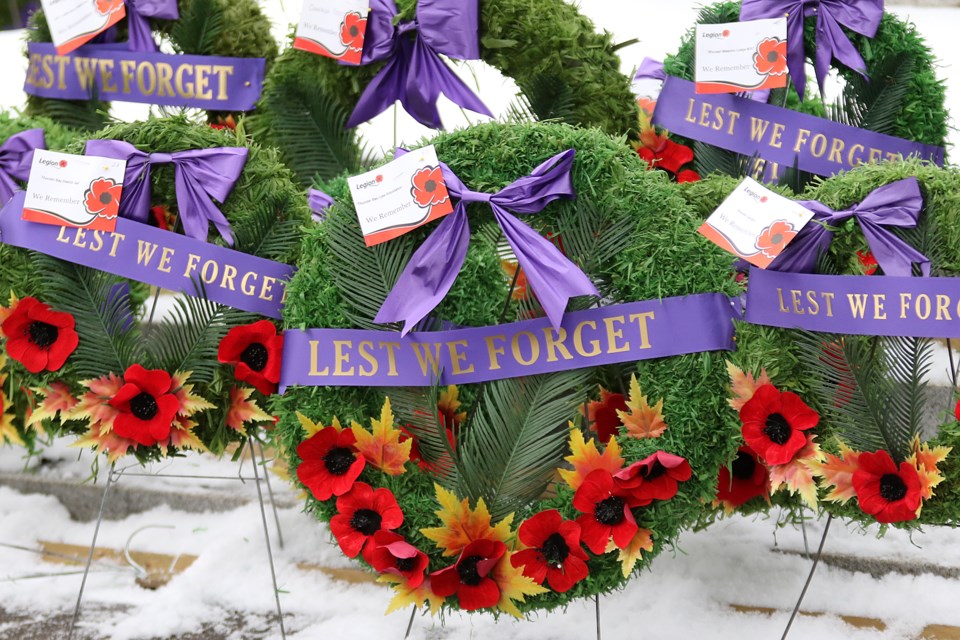The Royal Canadian Legion estimates there could be 100 Second World War veterans still living in Saskatchewan, while in Moose Jaw, the organization believes there are likely two such veterans left.
Provincial command polled its branches recently about whether they had such veterans as members, and while it didn’t receive a response from every location, it learned at least 50 vets from that war are still living, explained executive director Chad Wagner. However, even that’s a guess; he figures there might be under 100.
“I don’t know the actual number — and nobody does,” he remarked.
Most Second World War veterans are not even in the Veterans Affairs Canada (VAC) computer system because they either never submitted a claim or were too prideful to ask for help, he continued. What’s worse is that the Department of National Defence doesn’t care about veterans once they leave the military.
VAC said in an email that, as of March 31, 2021, there were likely 20,300 Second World War vets still living in Canada — including 700 in Saskatchewan. However, it was waiting for 2021 census data to confirm the most recent numbers and have something more current.
A recent CBC investigation suggests VAC has for decades been overestimating the number of total veterans in Canada by 25 per cent. If true, this means there would be around 15,225 Second World War vets still living nationwide and about 525 such vets in Saskatchewan.
Meanwhile, Moose Jaw’s Branch No. 59 conducted a survey recently and identified two Second World War veterans: Al Cameron and Bruce Hatley. However, it admitted there could be more vets in town whom it doesn’t know.
There is great pride knowing many World War II veterans are still in the province, which shows their longevity — their average age is 100 — despite experiencing the worst war in human history, Wagner said. The legion hopes that modern veterans have the same length and quality of life, although they need extra support to address their physical and mental health needs.
“When they (Second World War veterans) came back, they immediately got employment and many were given property. That really allowed them to have a sustainable life … ,” he pointed out. “Where today, they transition out (and) that stuff doesn’t exist anymore. They’re kind of left on their own resources to get there.”
The qualities these men bring include wisdom, strength, tenacity and courage, attributes they developed during a conflict most Canadians will hopefully never have to experience, Wagner said.
“That experience would galvanize some sort of ability in their mind to continue on,” he stated. “Outside of Afghanistan and Korea, we really haven’t had a deployment of that magnitude. They were able to see some things that most of us wouldn’t be able to fathom in our lifetime, and there’s value to that.”
The legion’s overall perspective is that “a veteran is a veteran is a veteran,” regardless of age, Wagner said. Today, the organization is working with younger veterans to meet their needs since they are the largest cohort.
“If you served, you served, and that’s all that matters to us,” he added.




